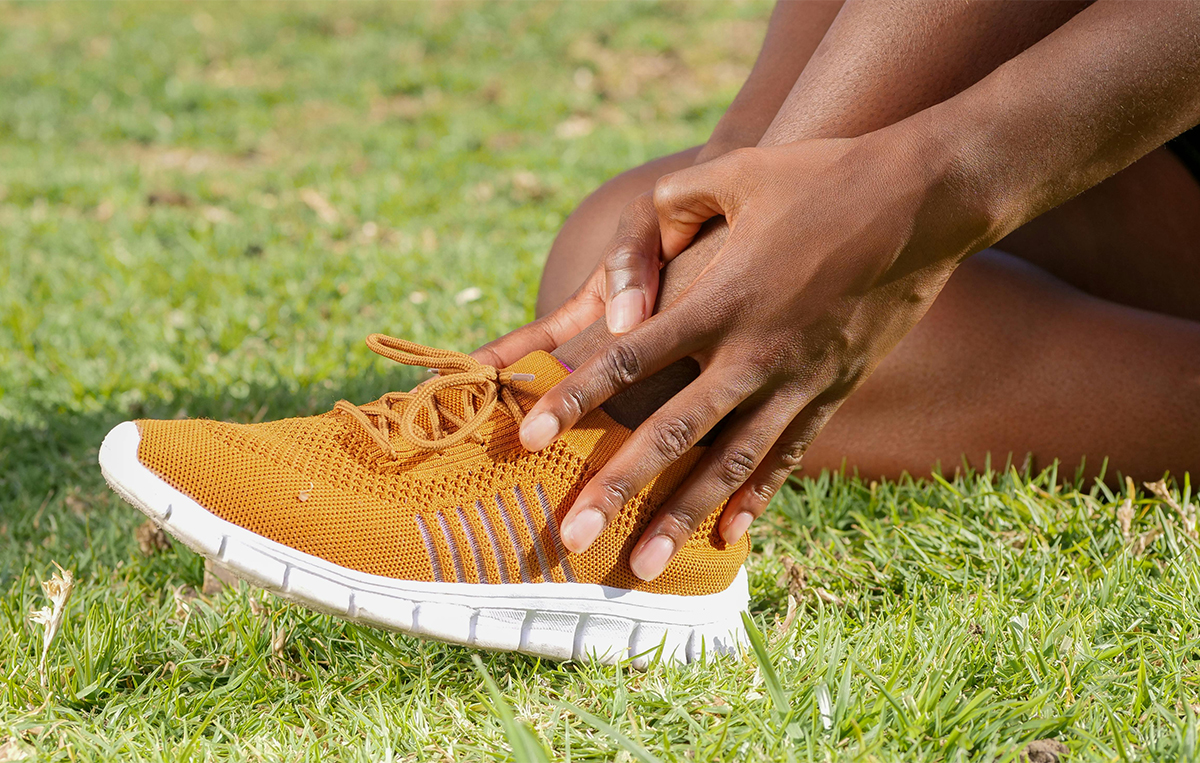Can massage and specific stretches improve your golf game? The answer is simply YES!! Efficient conditioning of your muscles permits greater control and allows you to increase the speed of the golf head. In short, If you want to improve your game and prevent injuries this article is written just for you! You may or may not be aware that the golf swing has four phases: the back swing, downswing, ball strike and follow-through. The back swing stretches the muscles in preparation for the powerful forward release. The forward swing segment of the drive releases the full power of the swing and determines the distance the ball is hit. The follow-through completes the proper swing. The forward portion of the swing incorporates 22 separate muscles! Muscle groups involved in the golf swing include:
-
- Core muscles used in generating torque and increasing club head speed
- Forearm muscles for controlling the golf club and supporting the wrists
- Hamstring muscles essential to maintaining proper posture and stabilizing the lower back
- Muscles of the wrists and fingers
- Quadriceps used in flexing the knees
- Shoulder muscles (particularly, the rotator cuffs), used to position the upper body and generate speed
- Upper back muscles assisting in rotation during the backswing and maintaining an erect spine
Remember that muscular tension or joint misalignment will affect the way that you play.
Most Common Golf Injuries
The golf swing requires a combination of shoulder movement through a wide range of motion at high speed, and strong rotation of the trunk. Both movements produce risk of injury, as do other aspects of the game. A variety of golfing injuries fall into two broad categories, cumulative (usually the result of overuse) and acute or traumatic injuries. Back injuries are common in golf and generally involve muscle or ligament strains. Such injuries tend to be self-healing within a few weeks, provided proper rest and appropriate treatment is received.
Back injuries include:
- Muscle strains- in which muscles, particularly in the lower back are either fully overstretched or in some cases, torn.
- Backaches – due to overuse and stress.
- Herniated disks – in which the soft core within a vertebral disk is forced through the fibrous outer layer of the vertebrae. These more severe injuries may require serious medical attention.
Shoulder injuries include:
- Shoulder Tendonitis, Bursitis, and Impingement Syndrome – These conditions are similar and result from inflammation, irritation and swelling of the rotator cuff and bursa. As a result, these structures may be pinched in the shoulder joint resulting in acute pain.
- Torn Rotator Cuff – a common traumatic injury, characterized by aching and weakness in the shoulder when the arm is lifted overhead.
- Rotator Cuff Tendonitis – Irritation, swelling and inflammation of the tendons of the shoulder.
Elbow injuries include:
- Golfers Elbow (Medial Epicondylitis), Elbow Bursitis and Tennis Elbow (Lateral Epicondylitis) – each resulting from repetitive stress to muscles of the arm and forearm.
Wrist and hand injuries include:
- Carpel Tunnel Syndrome: a painful, repetitive stress disorder affecting nerves of the hands.
- DeQuervain’s Tendonitis – caused by an inflammation of the tendons controlling the thumb.
- Fracture of the hamate – a small bone on the outside of the wrist, sometimes fractured during the golf swing.
- Trigger Finger – caused by pressure or inhibition on the flexor tendon sheath which encases the tendon. The condition causes the finger to lock up.
Injuries To the knee include:
- Arthritis of the knee (osteoarthritis), a torn meniscus or kneecap pain (chondromalacia).
Remember that muscular tension or joint misalignment will affect your performance. Need assistance?
REMEMBER, MAGA THERAPY WORKS!
Injury Prevention
Many injuries occur early in the season. Such injuries may affect tendons, muscles and ligaments, as well as the joints of the upper body, (including back, elbow, wrist and shoulder). Massage and stretching is a great way to avoid injuries, as is your technique. Attention to your technique is critical to avoid injury, a poor technique can result from over-swinging, twisting the spine, an incorrect grip or hitting the ground during the forward swing. I’d like to gently remind you that if you already have tension issues due to your day-to-day lifestyle and don’t have a regular therapeutic treatment you are already at a higher risk of injury. Read more about Tips To Improve Your Posture…..
To avoid back injury:
- Rotate the shoulder and hip about the same degree during the backswing.
- Keep the spine vertical during the follow-through, avoiding any hyperextension of the spine.
To avoid shoulder and elbow injury:
- Shorten the length of the back-swing, ending with the club head at a 1 o’clock rather than 3 o’clock position.
- Strengthen rotator cuff and scapular muscles to prevent overuse or tearing injuries.
- Strengthen muscles of the chest and back, which generate the power of the swing.
- Study the mechanics of proper swing with a pro.
- Slow the velocity of the swing in order to produce less shock to the arm when the ball is struck.
To avoid hand, wrist and elbow injuries:
- Graphite shafts can lessen vibration
- Select irons with larger heads and lower vibration
- Select larger and softer club grips
- Select the correct club length
- Strengthen forearm muscles through exercise
- Use a neutral grip to hold the club
Physical conditioning and a regular sports massage to the appropriate muscles along with careful attention to correct technique tends to limit golfing injury, and improve your game.
Remember that muscular tension or joint misalignment will affect your game.
Hitting practice balls with shorter irons is a good means of loosening the muscles and avoiding strains. Additionally, proper rest, a consistent warm-up routine and core-strengthening exercises should be part of an overall approach to an injury-free game.




